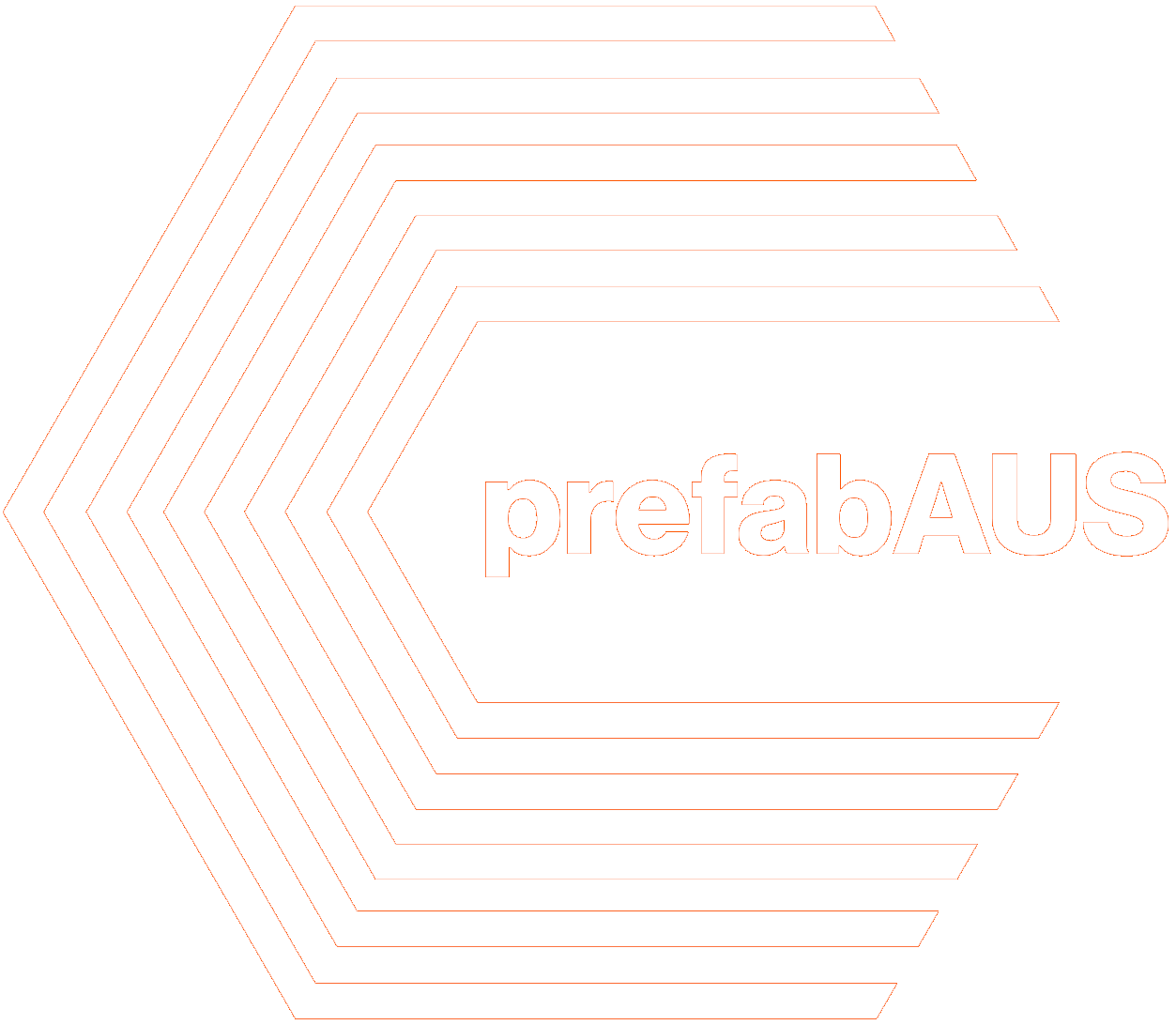Smart Building Industry Awards
Best adoption of prefab techniques in construction (Pods, prefab services skids, connection systems).
Winner: Project: ‘Nine by Mirvac’ by SYNC
Explain the prefab technique used and why it was chosen for the project?
The project employed modular bathroom pods as the chosen prefabrication technique, leveraging the controlled offsite manufacturing process to ensure superior quality and finishing. This method allows for meticulous oversight of each construction phase, guaranteeing a level of precision and craftsmanship that would be challenging to achieve on-site.
The use of substantial materials, such as natural stone, typically presents significant risks related to on-site handling and injury. However, by manufacturing the pods offsite, these risks are substantially mitigated. Specialised machinery facilitates the safe and efficient handling of these materials, resulting in smarter and simpler installation methods.
Furthermore, the utilisation of bathroom pods significantly reduces the number of trades required on-site, thus creating a safer working environment. The streamlined installation process minimises potential hazards and disruptions, enhancing overall site safety and operational efficiency.
What were the advantages of using this technique over another method?
The project’s sophisticated modelling phase significantly reduced material waste by optimising all build elements, including tiles, cement sheets, framing, and joinery materials, based on their provided sizes. Remarkably, 99% of the material is recycled within the factory, underscoring a strong commitment to sustainability. This approach also minimized communication inefficiencies, streamlining the construction process.
A prototype bathroom was constructed prior to full-scale production, allowing the client to experience the final product firsthand. This hands-on preview ensured client satisfaction and provided an opportunity for feedback before mass production commenced.
Stringent quality processes were integrated throughout the production cycle of the bathroom pods, guaranteeing the highest standards for the client. Critical elements, such as waterproofing and plumbing connections, were meticulously controlled and quality-validated, thereby reducing associated risks and enhancing reliability.
Additionally, the project fostered an inclusive and diverse workforce, offering opportunities to a wide array of individuals from the local community. This commitment to diversity not only enriched the project with varied perspectives and skills but also strengthened community ties.
Overall, this approach highlights a sophisticated and holistic methodology, emphasising quality, sustainability, efficiency, and community engagement in the construction process.








